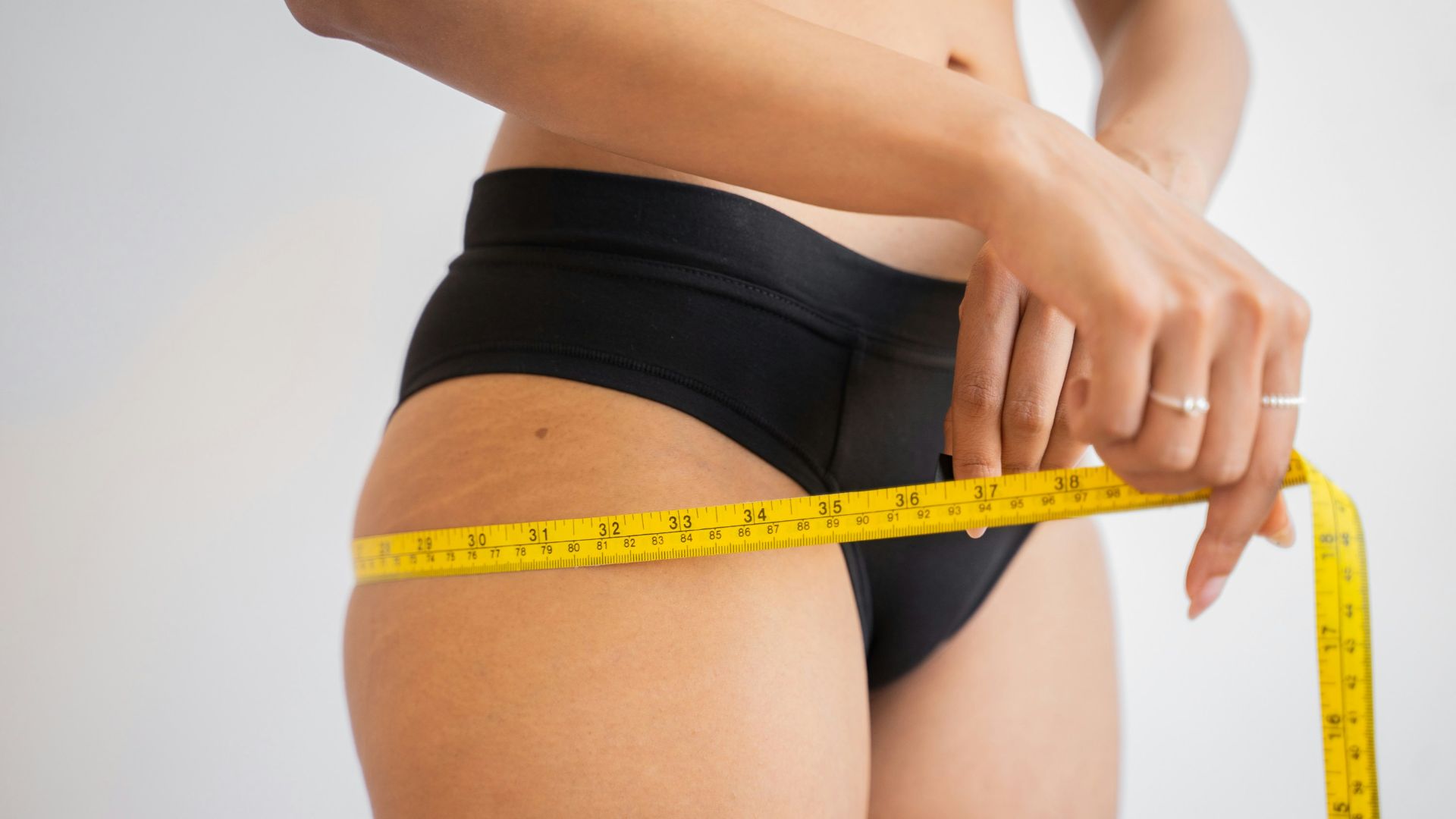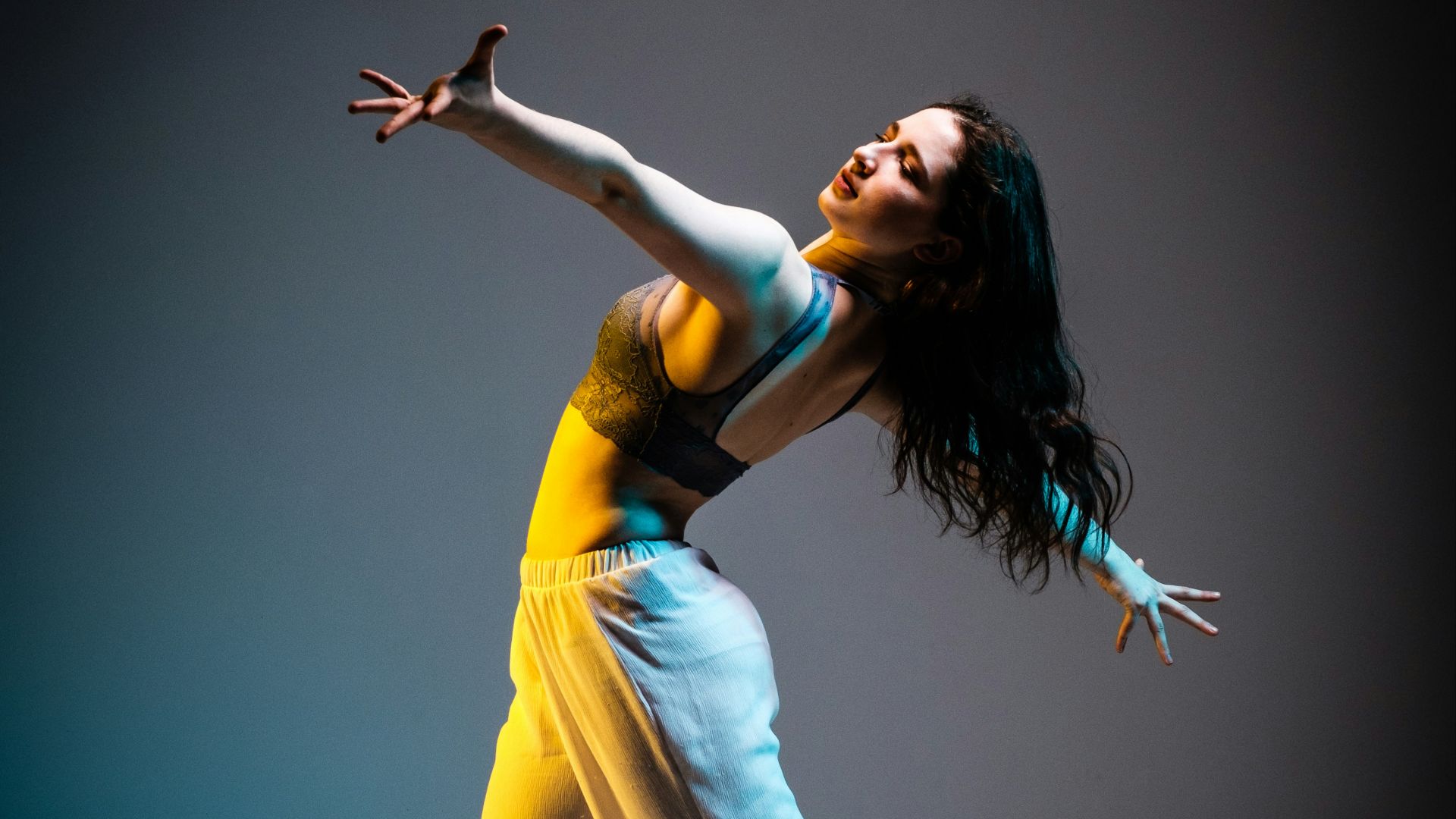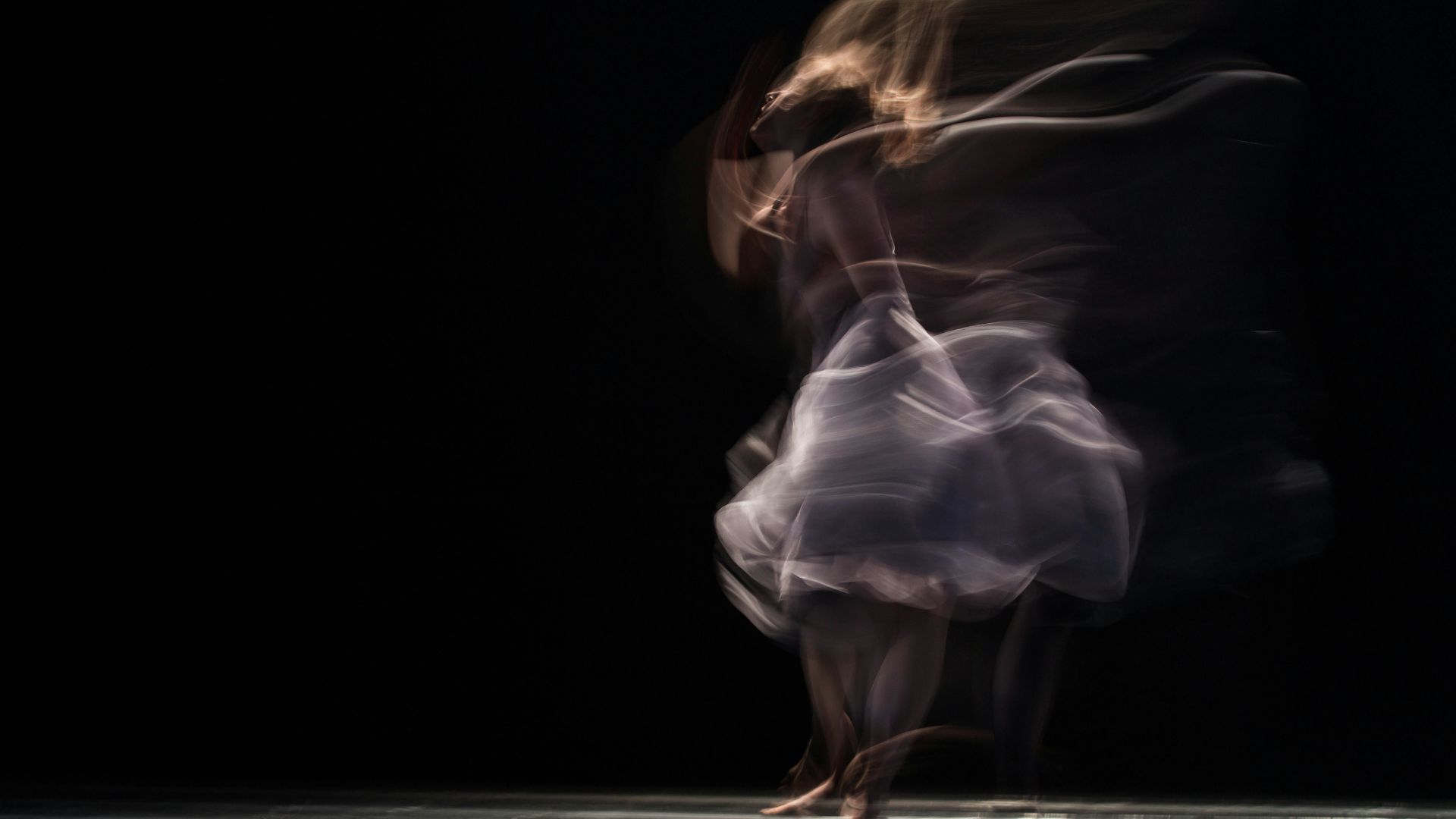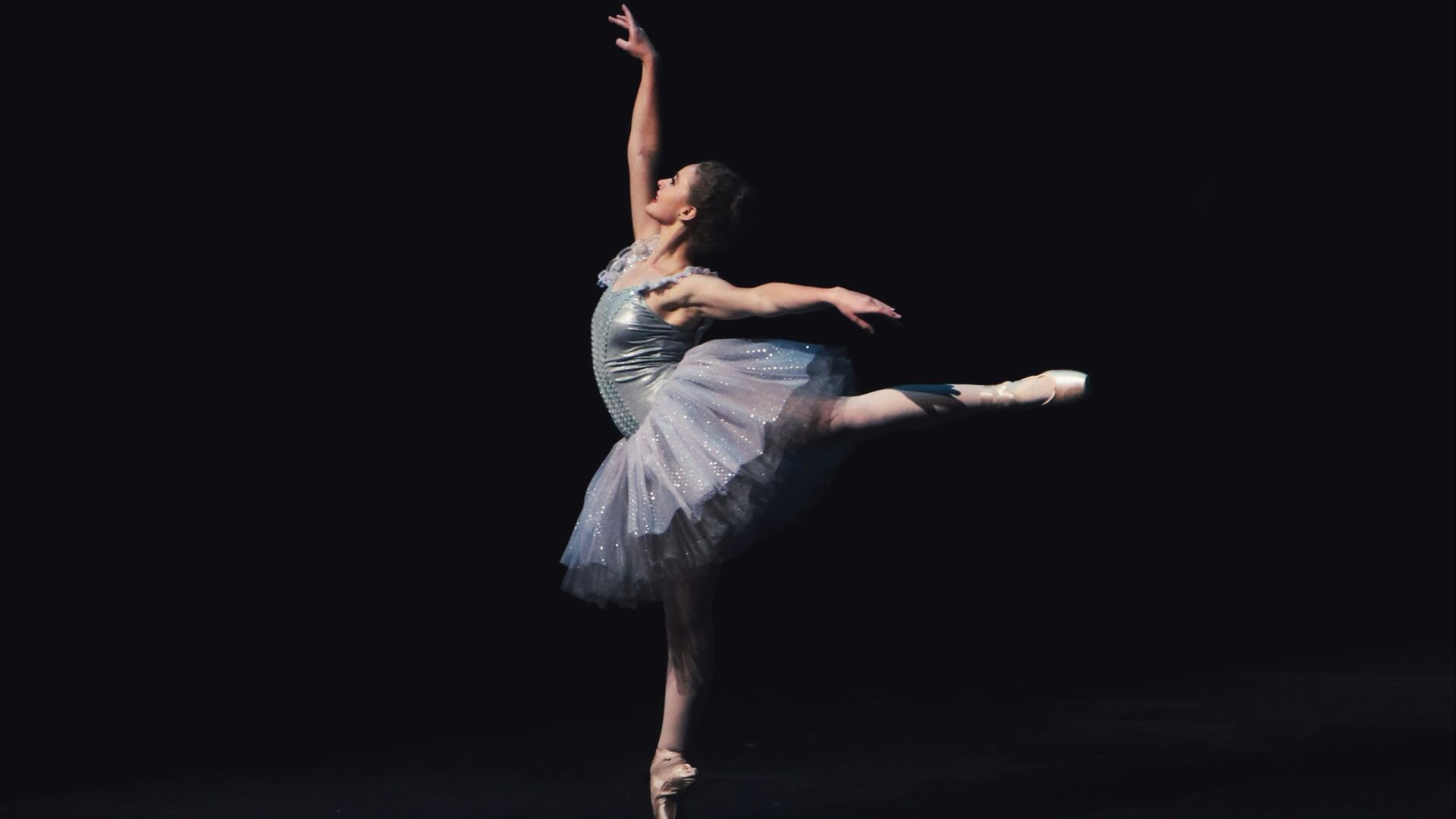Bust A Move: 20 Health Benefits Of Hitting The Dance Floor
Need A Reason To Hit The Dance Floor?
Dancing isn't just a fun way to spend a night out. The reason it feels so good is that it's incredibly good for you. It's a heart-boosting workout with mind-sharpening and mood-lifting advantages that go beyond other forms of exercise. Whether you're swinging your hips in the kitchen or tearing it up at a studio, here are 20 health benefits of dancing.
1. Stronger Bones & Muscles
Dancing is a weight-bearing exercise, meaning you're supporting your body weight against gravity. This requires your muscles to engage and signals bone cells to increase density.
2. Improves Coordination
Dancing requires synchronizing body movement to musical rhythms, which translates into better coordination. Repetitive movement patterns strengthen neural pathways.
3. Enhances Flexibility & Agility
Dancing involves dynamic stretching, in which muscles and joints are stretched while moving, increasing elasticity. It enhances agility because it demands quick pivots, reaction times, and foot speed.
4. Helps With Weight Management
Dancing is an enjoyable way to lose weight by burning calories. It's an aerobic exercise that elevates your heart rate and boosts your metabolism.
5. Better Cognition
Dancing is strongly linked to neuroplasticity, the brain's ability to change and grow. It creates new neural pathways and improves decision-making.
6. Pain Relief
Dancing can provide relief for chronic pain conditions like osteoarthritis. It does this by strengthening the core and muscles around the joints, improving stability, and joint mobility. It also releases endorphins, which act as painkillers.
7. Fights Depression Symptoms
Dancing fights depression symptoms by releasing several key neurotransmitters and hormones responsible for mood stabilization. Happiness chemicals dopamine and serotonin are increased through dance.
8. Reduces Stress & Anxiety
The body's stress hormone, cortisol, is reduced through dancing. It may also increase the production of GABA, a neurotransmitter that has a calming effect.
9. Boosts Self-Confidence
Dancing helps people positively reconnect with their bodies. It also enhances core strength, posture, and poise. Learning steps also present a challenge, and when overcome, a feeling of achievement that instills confidence.
10. Improves Cardiovascular Health
Dancing improves cardiovascular health because it's an aerobic workout. It raises your heart rate and helps maintain the elasticity of your arteries.
11. Improves Motor Skills
Dancing improves motor skills by enhancing coordination and timing. Dancing requires simultaneous movements from the arms, legs, and torso, along with quick weight shifts and precise footwork, enhancing dynamic balance.
12. Enhances Focus
Dancing engages multiple complex cognitive, motor, and sensory systems. This forces the brain to react with heightened concentration and efficiency.
13. Fosters Mindfulness
Dancing requires a present moment awareness in which you are fully engaged with the music and movement. When you feel connected to the rhythm and dance, you can reach a flow state in which you're fully absorbed in the activity.
 Aleksandr Ledogorov on Unsplash
Aleksandr Ledogorov on Unsplash
14. Enhances Posture
Dancing is one of the most effective exercises for enhancing posture because it engages the core. It also increases your unconscious body awareness, which is essential for correcting posture.
15. Improves Lung Health
Being a cardio activity, dancing also improves lung strength. It puts demand on your breathing system, forcing it to become more efficient. When you dance, your lungs, heart, and circulatory system are working together to supply oxygen to your muscles.
16. Boosts Endurance
As your lungs, heart, and muscles become stronger through dance, you will have enhanced endurance for other daily activities like walking. Many dance forms encourage natural rhythm in movement and breathing, which trains the body to conserve energy and maintain a steady pace.
17. Encourages Social Connection
Although it's not uncommon to bust a move at home alone, dancing is usually a communal activity. It facilitates non-verbal communication and shared emotional experiences. Social connection has been tied to greater longevity, enhanced immunity, cognition, heart health, and mental health.
18. Enhances Creativity
Dancing encourages emotional freedom and expression through movement. It's improvisational in nature, forcing the brain to quickly make decisions without self-censorship.
19. Enhances Memory
Dancing enhances memory by growing the hippocampus, the region of the brain responsible for memory. Certain types of dance also require memorizing sequences, directly stimulating brain areas critical for memory formation and retrieval.
20. Provides Emotional Expression
Dancing is used in therapy because it provides a non-verbal emotional outlet. It allows you to access and process feelings that are difficult to articulate.
KEEP ON READING

20 Ways Social Media Has Ruined Body Image


























